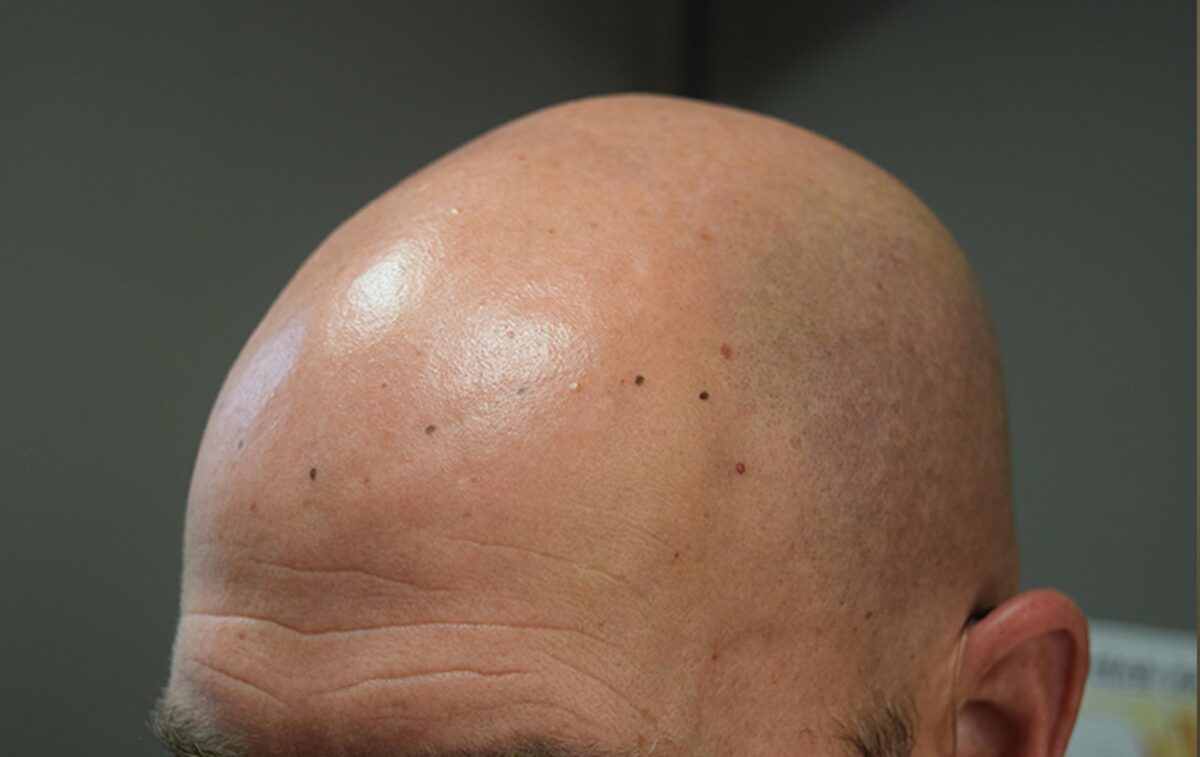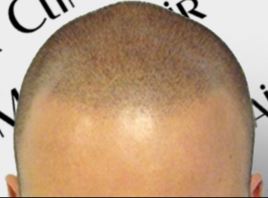Female hair loss is a big concern for half of the world’s population. Hair loss has many causes. For women, it could be due to hormonal disturbance, menopause, PCOS, pregnancy, medication side effect, pollution, stress, and vitamin deficiency. There are other triggers too, such as dieting, restrictive diets, medical conditions, and hairstyles, among others. When women experience hair shedding, the world seems to have fallen down upon them because they associate hair with personality. Hair loss is a social taboo for many females. So how do women overcome the problem of hair loss?
Female Hair Loss Solutions
Like men, women too experience pattern hair loss. Their genes are primarily to be blamed for this condition, which may result in hair thinning on top of the head. In some women, hormonal imbalance can cause balding problems. Some women suffer from pattern hair loss in post-menopause, as the production of estrogen drops significantly.
So how do women treat hair loss? Is scalp micropigmentation worth it for women?
Before that, let’s check some of the signs of hair loss in women.
Female hair loss may occur slowly or suddenly. Certain signs of hair loss in women include:
Bald spots: women may experience patchy or circular bald spots.
Thinning: Hair thinning is quite common among men and women. Women notice that their thinning part starts to broaden gradually.
Extreme hair loss: A woman may suffer from extreme hair loss after an emotional incident or physical trauma. The sight of hair loss is explicit while washing or combing hair. This results in thinning.
Menopause and Hormone Imbalance
Menopause can result in significant hair loss in women due to the drop in estrogen and progesterone. Some women may suffer from hair thinning and loss if they stop taking contraceptives.
Stress also causes hair loss in females. A deficiency of B vitamins and minerals may cause thinning hair and hair loss in women.
Effective hair loss treatments
A woman suffering from hair loss due to nutrient deficiencies may start on a healthy balanced diet to fulfill their body’s needs for these vitamins and minerals. However, it does not happen overnight and takes time to show results.
Minoxidil
The drug is meant for rubbing on the scalp. It is known to help hair growth and prevent loss of hair. However, minoxidil is effective as long as you are using the therapy. Hair loss might resume once you stop the treatment.
Estrogen therapy
Hormone replacement therapy is meant to treat hair loss by supporting the decreasing levels of hormones, especially androgenic alopecia.
Transplant therapy
The surgery involves removing pieces of the scalp with hair and grafting on areas of baldness. A hair transplant is a major surgery. It requires a long recovery period, and a patient often experiences pain and side effects.
Other treatments for female hair loss
If you are looking for a painless and permanent hair loss solution, then opt for scalp micropigmentation. SMP uses pigments to inject into the scalp that creates the look of hair follicles. As a result, it hides scalp problems, such as thinning hair, receding hairlines, and scars.
Trust the DermiMatch Clinic scalp experts in Arizona if you seek permanent women’s hair loss solutions.










